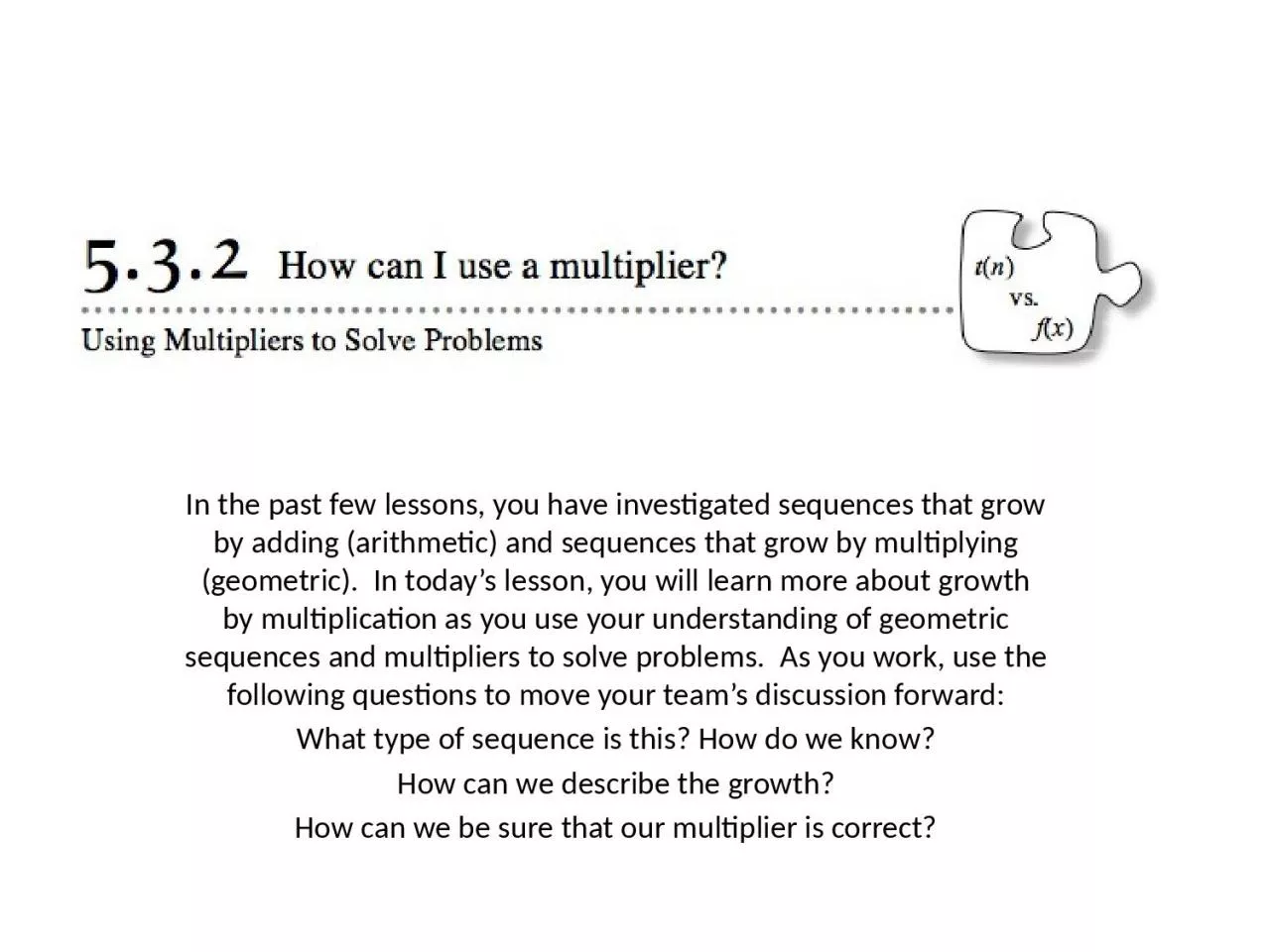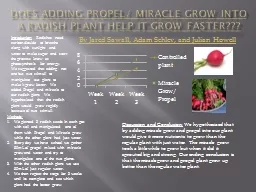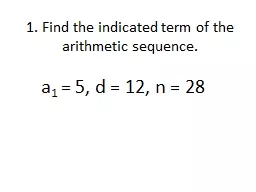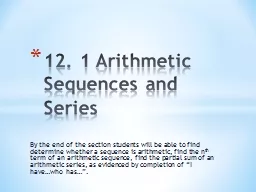PPT-In the past few lessons, you have investigated sequences that grow by adding (arithmetic)
Author : ashley | Published Date : 2023-06-23
What type of sequence is this How do we know How can we describe the growth How can we be sure that our multiplier is correct 591 Thanks to the millions of teens
Presentation Embed Code
Download Presentation
Download Presentation The PPT/PDF document "In the past few lessons, you have invest..." is the property of its rightful owner. Permission is granted to download and print the materials on this website for personal, non-commercial use only, and to display it on your personal computer provided you do not modify the materials and that you retain all copyright notices contained in the materials. By downloading content from our website, you accept the terms of this agreement.
In the past few lessons, you have investigated sequences that grow by adding (arithmetic): Transcript
Download Rules Of Document
"In the past few lessons, you have investigated sequences that grow by adding (arithmetic)"The content belongs to its owner. You may download and print it for personal use, without modification, and keep all copyright notices. By downloading, you agree to these terms.
Related Documents














